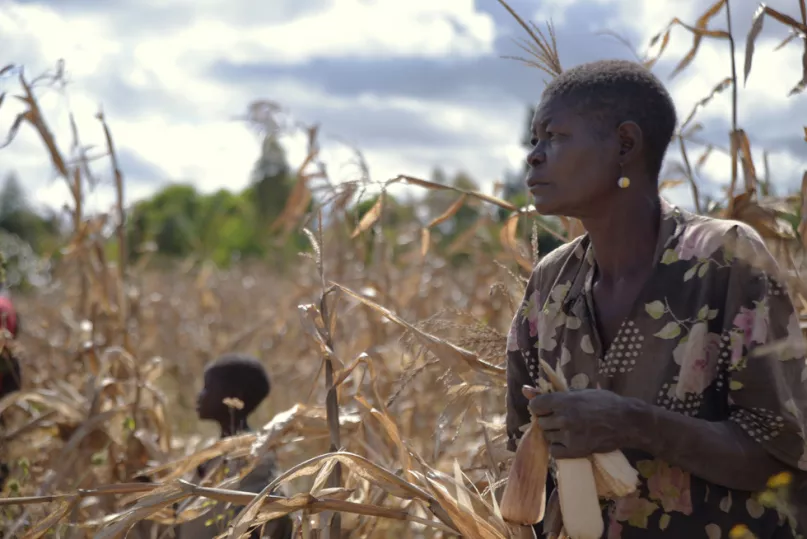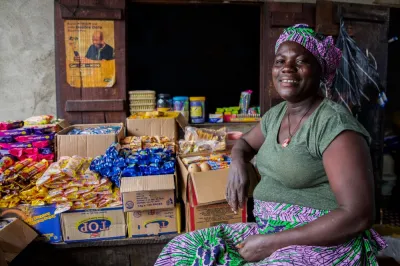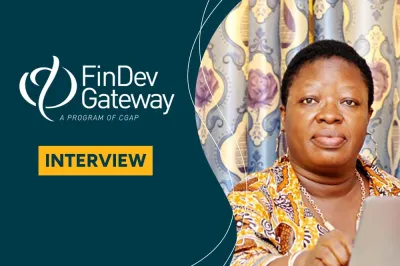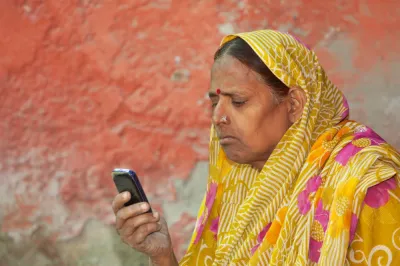What Lies Behind the Persistent Financial Inclusion Gender Gap?

Despite increasing worldwide financial inclusion rates and a “massive drop” of 20% in the number of unbanked individuals from 2011 to 2014, Global Findex data shows that the gender gap in account ownership has not improved over the same time period. In developing countries, 9% more men than women have bank accounts - a figure that has remained steady even as financial inclusion rates go up.
A recent study by FinMark Trust on financial inclusion of women in Southern Africa reveals similar results. In 9 out of 10 countries in the region, women are more financially excluded than men, with an average gender gap in bank account ownership of 7% (Figure 1). The exception is South Africa, where women receive social grants (including child grants) through government-sponsored debit cards, and consequently have 6% more bank accounts than men do. However, a closer look at account usage in South Africa reveals that women’s bank accounts are more likely than men’s to be inactive.
Indeed, it is important to look at account usage as a key complement to account ownership. Financial exclusion is not limited simply to those who lack bank accounts. Even the people we count as banked may in fact be financially excluded if they don’t actually use their accounts. In all ten countries of the region, banked women are more likely to have a dormant account than men are (Figure 2).
In fact, the gender gap in account usage is wider than the gender gap in access to a bank account. For example, Malawi, which has a gender gap in bank account ownership of 8%, has more than double the gender gap when it comes to bank account usage, at 19%. The gender gap is present even in Mauritius, the region’s top-ranked country for financial inclusion. There we see that 33% of men’s bank accounts are in active use compared to only 21% of women’s accounts. Botswana has the lowest gender gap in account usage at 1%.
 Average gap in account usage: 7.75% Average gap in account ownership: 6.13%
Average gap in account usage: 7.75% Average gap in account ownership: 6.13%
Barriers to financial inclusion
Although lack of money is the single most cited barrier to account ownership among women, other obstacles include:
- Remoteness of bank branches;
- Inability to maintain minimum balance;
- Lack of understanding about how banks operate;
- Preference for informal providers.
Recommendations
To promote financial inclusion for women in Southern Africa, FinMark Trust believes that the following actions are necessary:
- Offer financial education programs for women which focus on:
- Understanding the language used by banks;
- The benefits of owning a bank account, and how to apply for one;
- Household financial management skills. This can lead to women’s empowerment and increased involvement in household financial decisions.
- Introduce agency banking and mobile money in rural areas to address the problem of the remoteness of bank branches.
- Target women who are already using someone else’s bank account, to set up accounts in their own name.
- Strengthen informal financial service providers to expand outreach of financial services to women in rural areas.
- Implement consumer protection measures to mitigate risks for women who use informal providers, where there are always risks of exploitation.




